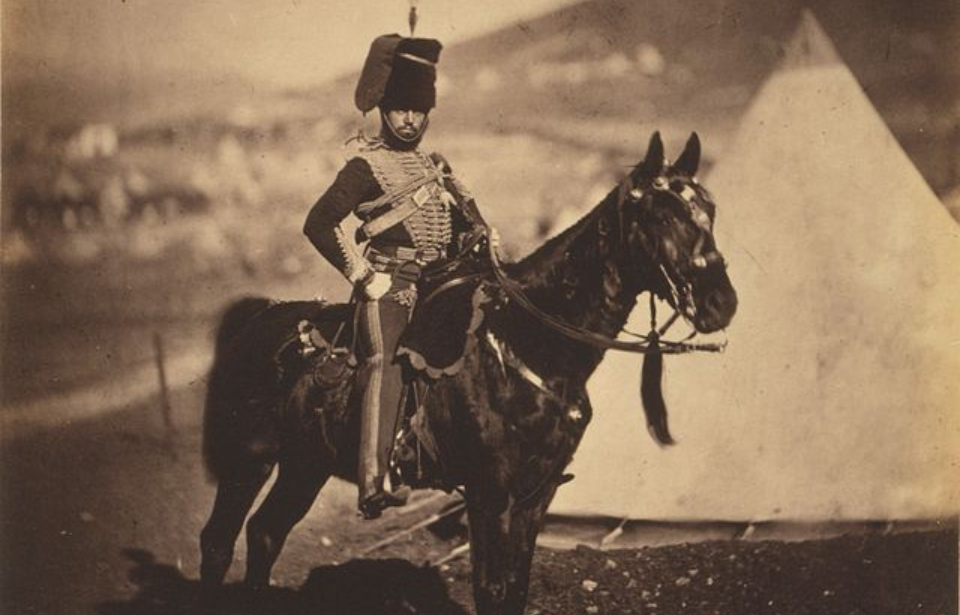Military ranks signify a service member’s role, including their authority, responsibilities, position, and influence. Over time, numerous ranks have been established and later retired, often linked to roles or duties that have become obsolete. Recent military reforms have led to the discontinuation of several traditional ranks, and this article explores some of the more unique and lesser-known ranks from history.
Cornet
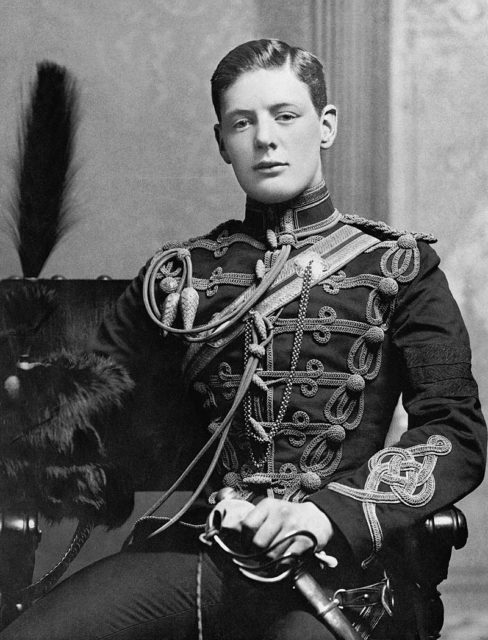
The rank of cornet in the British cavalry was the lowest commissioned officer rank, positioned below lieutenant and captain. Its name originated from the cornet, a trumpet-like instrument played by a musician in each cavalry unit, though the musician was not called “Cornet.”
This rank was abolished in 1871 as part of the Cardwell Reforms, with the second lieutenant taking its place. Other nations also used it, with one of the most famous being former British Prime Minister Winston Churchill, who served as a cornet in the 4th Queen’s Own Hussars.
Quartermaster sergeant
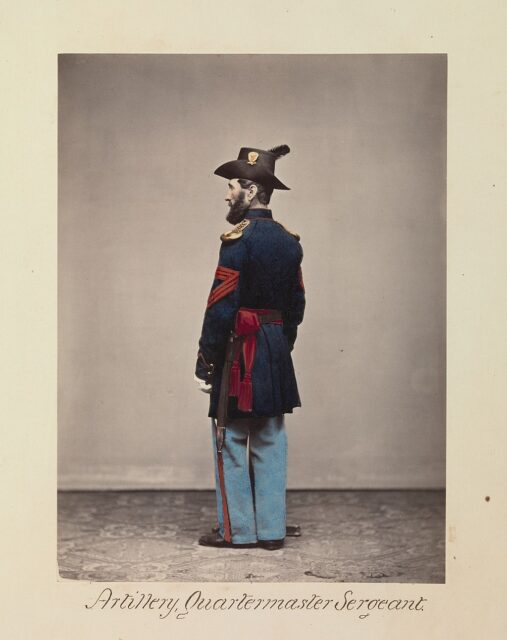
In the US military, a quartermaster sergeant was tasked with managing the supplies for regiments and battalions and supported the regular quartermaster. Their other duties included supervising camp setups, distributing supplies, and managing the company’s tools and property. Although they seldom faced combat, they still participated in the drills and training necessary for regular non-commissioned officers, enabling them to step in on the frontline if needed.
The rank of quartermaster sergeant was discontinued in 1921 following a command restructuring.
US Air Force chief warrant officers
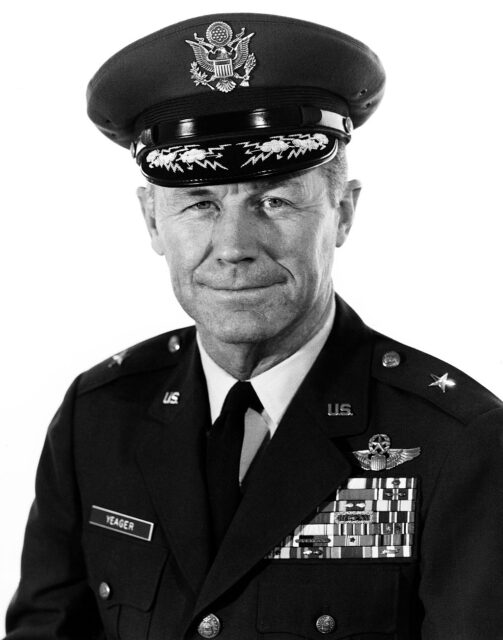
Chief warrant officers are a common presence in many militaries worldwide, including the United States – although, the US Air Force had ceased using this rank after the retirement of its last “Chief Airman” in 1992. In branches that utilize warrant officers, these individuals attain their position based on their specialized expertise within their respective service.
The Air Force had discontinued the use of chief warrant officers in 1952, deeming them unnecessary for its operations. However, amid ongoing discussions among airmen, a persistent rumor suggested a potential return of the rank.
This was confirmed in February 2024, when Air Force Chief of Staff Gen. David W. Allvin announced the plan to reintroduce it, specifically for airmen in the cyber and information technology fields. This decision aims to enhance the branch’s readiness for challenges posed by “Great Power Competition.”
Commodore
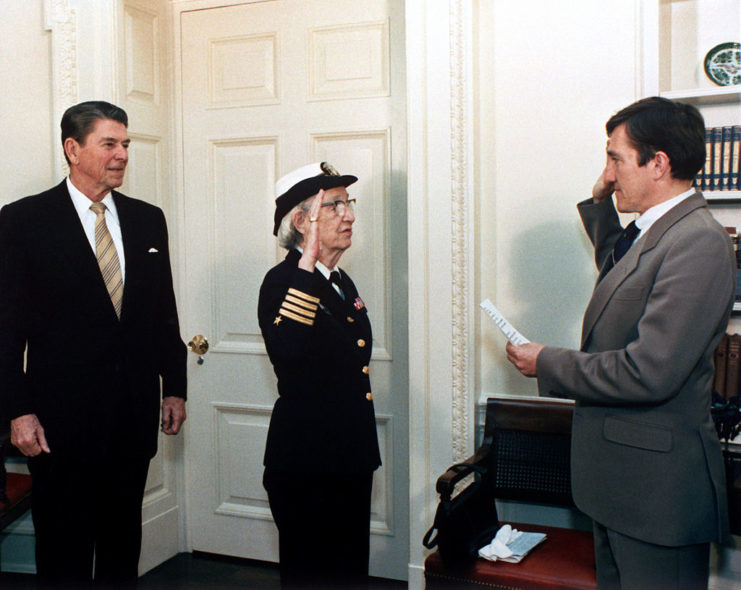
The rank of Commodore, deeply rooted in naval tradition, typically falls between captain and rear admiral. Its origins trace back to the knightly orders of France, where the commandeur wielded considerable authority.
Historically, Commodore has served as both a title and an official rank. As a title, it often denoted officers in charge of multiple ships, sometimes on a temporary basis. When used as an official rank, a commodore typically led a squadron within a fleet, reporting directly to an admiral.
In the United States, the rank fell out of use in the early 20th century but was reinstated during the Second World War, only to be discontinued after the war. It made a short return in the 1980s but was eventually replaced by the rank of rear admiral (lower half) to prevent confusion with honorary titles.
Sergeant major general

The rank of sergeant major general, now defunct, was historically the lowest position among generals. This rank often caused some confusion among enlisted soldiers because, while sergeant major general ranked below lieutenant general, a major typically outranks a lieutenant – a detail that remains somewhat perplexing even today.
Philip Skippon, a senior officer in the New Model Army during the English Civil War, is the most famous person to have held the title of sergeant major general. Although the rank occasionally surfaces in modern militias, it has otherwise been removed from contemporary military hierarchies.
Drum major
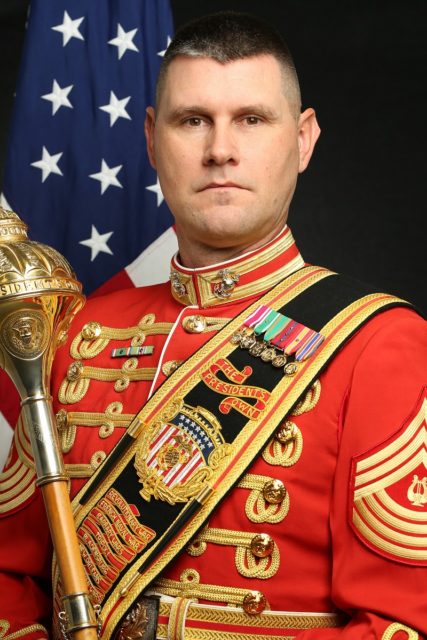
In the US Marines’ Marine Band, the drum major used to be the leader. Although it is not a rank anymore, the drum major is still responsible for the band’s overall appearance, decorum, and drill, as well as directing its members. They also wear a distinctive uniform, which includes a bearskin headpiece and a mace used for directing the musicians.
More from us: ‘Star Wars’ Almost Started a Real-Life War… Over a Sandcrawler Model
New! Want to become a trivia master? Sign up for our War History Fact of the Day newsletter!
The role still exists, but its rank no longer does. The current drum major, Master Gunnery Sgt. Duane F. King, serves as the 40th Drum Major of “The President’s Own” US Marine Band. He became part of the ensemble in May 2014 and previously held the position of assistant drum major.
